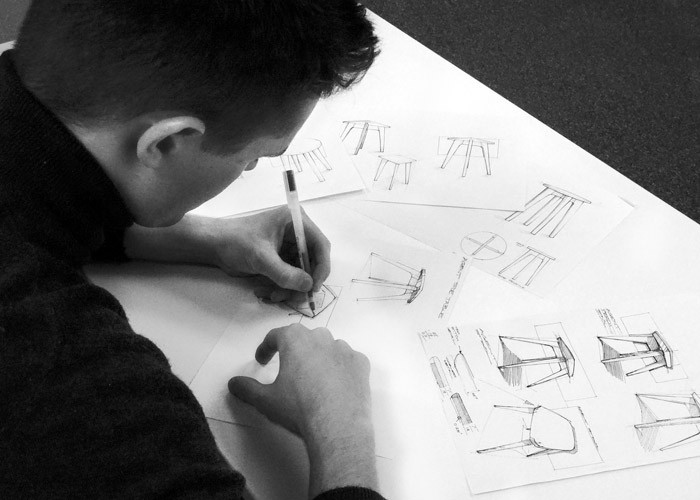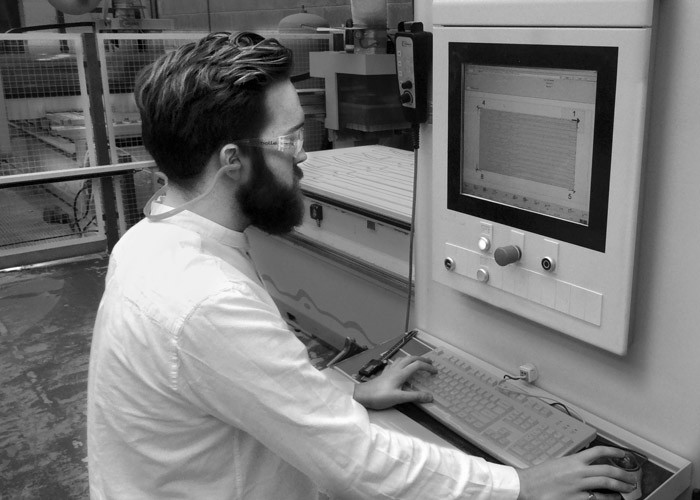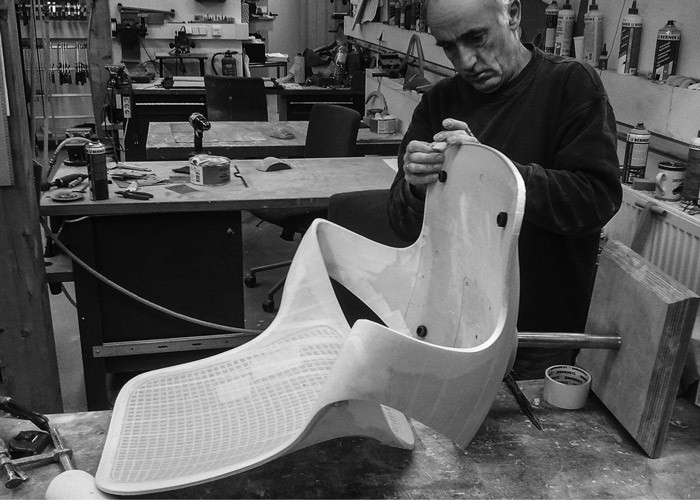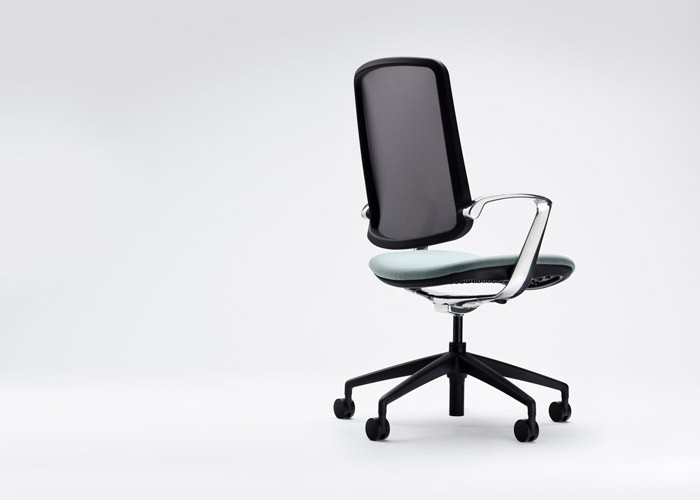Regulations: Task Seating
For our next focus for our series looking at the regulations and requirements across each discipline, we look at what a designer needs to know when specifying task seating, with the assistance of Boss Design.
What should a designer know about the difference between domestic and contract specifications?
Compared to domestic furniture, contract furniture is more heavily regulated and tested to ensure it conforms to a higher standard of safety and durability. These standards are there to reassure the buyer that the product is fit for contract purpose, heavier usage, and the chair will provide the necessary comfort, safety and ergonomics for an 8-hour work day (more or less if stated).
What should the designer consider in relation to durability, fit for purpose?
Expertise in product durability and ergonomics are essential considerations and right from the project’s infancy. In addition, the comfort and safety, as well as the behaviour of the end user, should be at the forefront of the designer’s mind with every project. With extensive anthropometric data, prototyping and real-life testing, the product can be thoroughly considered from every aspect; ensuring that it’s more than fit for purpose.
Are there differences between UK, EU or USA requirements?
The standards are similar, and the furniture is always tested to determine how safe, functional and sustainable it is. BS EN denotes the harmonization of British standards and the European standards. ANSI BIFMA is the American National Standards Institute, Business Institutional Furniture Manufacturers Association.
When communicating with a supplier what should designers be asking?
At Boss Design, we value and encourage suppliers’ input with every project as after all they are the experts. We would always ask questions like;
• is there an easier way of producing this?
• is there a more cost efficient way of producing this part?
• is there anything we can do to help improve the cost efficiency of this part?
• would this be the strongest way to produce this particular joint, bend or weld?
• how can we improve the surface finish of this particular part?
• what material composition would be the most effective with this part?
• how can we improve product yield or speed up the process?
Which requirements are best practice, and which are a legal requirement?
Although it’s not a legal requirement to test our furniture, we insist on testing most of our Furniture to both US and the BS EN standards. At Boss Design, we would never compromise on the quality and reliability of our products.
Contact Boss Design








